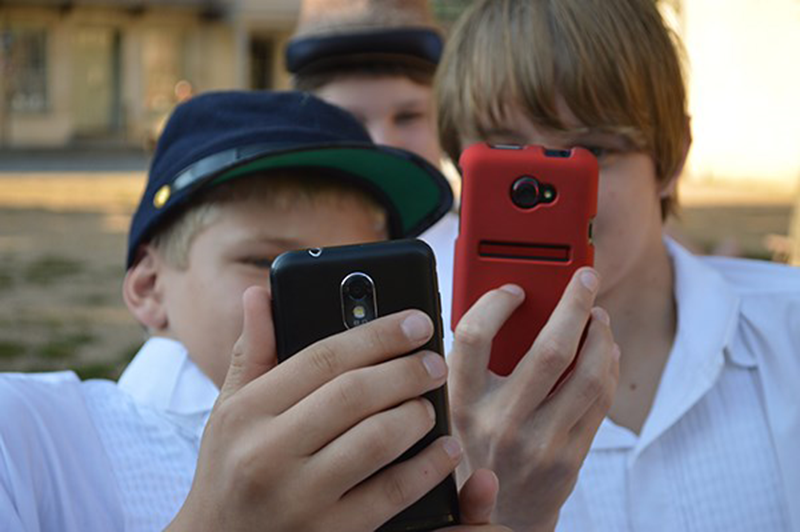The US federal regulators have OK’d the first medical device to treat children with attention deficit hyperactivity disorder (ADHD).
The US Food and Drug Administration (FDA) has permitted marketing of NeuroSigma’s Monarch external Trigeminal Nerve Stimulation (eTNS) System, a digital health device, about the size of a smartphone.
Related Revibe is a Fitbit-Like Wearable that Vibrates to Refocus Wearers’ Attention
The device delivers a low-level electrical pulse to the trigeminal nerve from a wire to a small patch placed above the patient’s eyebrows. It is available by prescription only for patients aged 7 to 12 years old who are not currently taking prescription medication for ADHD.
“It emits a low level electrical pulse that essentially stimulates a cranial nerve called the trigeminal nerve and the idea is that nerve then sends signals into the brain particularly to the areas that are important for attention, for functioning and behavior,” Dr. Tara Narula said on CBS This Morning. “And they did see in this small study of about 60 kids over four weeks it did reduce symptoms. It seems to be on par with the effects seen with non-stimulant medications.”
The FDA specifies that the Monarch eTNS System should be used in the home under caregiver supervision.
What’s ADHD?
ADHD is the most commonly diagnosed mental disorder of children. Children with ADHD may be hyperactive and unable control their impulses. Or they may have trouble paying attention. These behaviors interfere with school and home life. An estimated 6.1 million children have been diagnosed with ADHD in the U.S., according to a national survey of children’s health in 2016.
Related The Octopus by Joy Is a Smartwatch that Teaches Kids to Follow Routine

Study Shows the Device can Improve ADHD Symptoms
In a clinical trial of 62 children, those who used the device had statistically significant improvements in their ADHD symptoms, compared to those who received a placebo, according to the FDA.
Although the study didn’t find any serious side-effects, there were some adverse effects including drowsiness, increased appetite, fatigue, headache and teeth clenching.
“But as I said it was a small study and it was over a short period of time. We don’t know what it would be like if kids were on medication when they used this,” Dr. Narula said.
WT | Wearable Technologies Conference in San Francisco on July 9-10
The most innovative wearables event will be back on July 9-10 in beautiful San Francisco at SEMICON West to celebrate the 34th edition of the WT | Wearable Technologies Conference Series. Topics include data analytics in professional sports, prevention, treatment and rehabilitation with wearables, the future of digital health, medication and adherence, smart patches, workflow optimization and workforce safety and much more – featuring international leaders and experts of the wearables industry´s biggest names including Abbott, Datwyler, Kopin, Maxim Integrated, Multek, NFLPA, Omron, SharkDreams, Qualcomm, Viewpointsystem and many more. Register now to be part of #WTUS19












